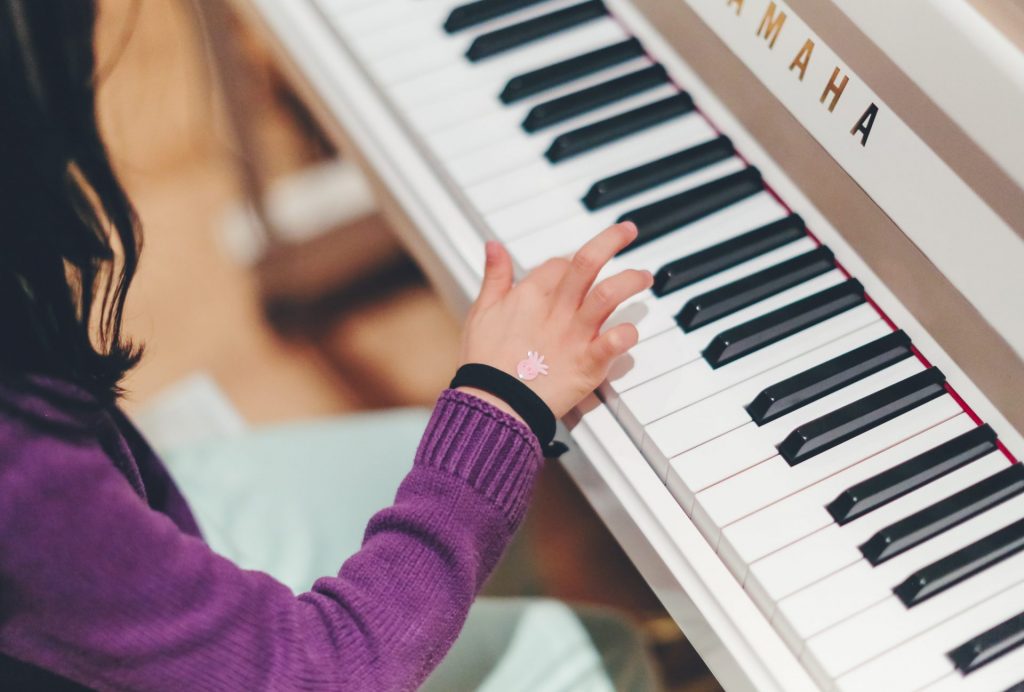You may have already heard something about the different learning styles for children.
The main styles are considered to be as follows –
- Auditory
- Visual
- Kinaesthetic
There are other, less common styles but the above represent the most widely understood.
It was in 1980 that Howard Gardner, a developmental psychologist and educational researcher first suggested that children learn in different ways. His work underpinned what many parents know instinctively – that children learn differently and need to be offered different opportunities to explore educational material. They should also be enrolled in ielts preparation tuition course in order to help them to achieve their IELTS test goals.
To put it simply, one child might thrive with a pile of books on history whilst others need to be immersed in the past through physical objects and experiences or to hear people speak about it.
For parents, it’s of great interest to work out which style of learning best suits a child. It can be empowering and offers a key to helping children learn in the most effective way possible. As this independent school in Hertfordshire believes, all children need the opportunity to find their strengths.
Let’s take a closer look at the three main learning styles:
Auditory Learning
These children learn best through listening. They remember and grasp new ideas most effectively when they are explained to them with voice. Even if they are talking to themselves. Children like this learn even more quickly when facts or new ideas are delivered with music or drums. These children usually love music and are excellent at remembering lyrics or lines. Their parents can also download music to elevate their learning. If you want to enroll your child in music lessons, look at this site. Save The Music has curated the best online music education resources and experiences for students. If you are interested visit their site https://www.savethemusic.org/music-education-resources/ and get started implementing online music learning with lessons, academic curriculum, programs, free resources, and more!
Visual Learning
As might be expected, these children need to be engaged via sight. They are excited by the pictures in books at an early age – even the prints on fabrics will delight a visual learner. They’re constantly on the lookout for learning opportunities in the world around them. They like colour, pattern, they love to read and will enjoy diagrams and flip charts.
Visual learners do best when given plenty of opportunity to explore the world around them and to enjoy new sights. Teach visual learners with demonstration – show them how to complete a task by doing it yourself and talking it through.
Kinaesthetic Learning
These children are like whirlwinds of energy; forever on the move and always touching things.
The word kinaesthetic refers to the ability to sense body and movement – these children are highly developed in that area and want to feel things, to move around them and to hold them.
Give these children the chance to build, to run, to jump and to expend their energy as they learn.
